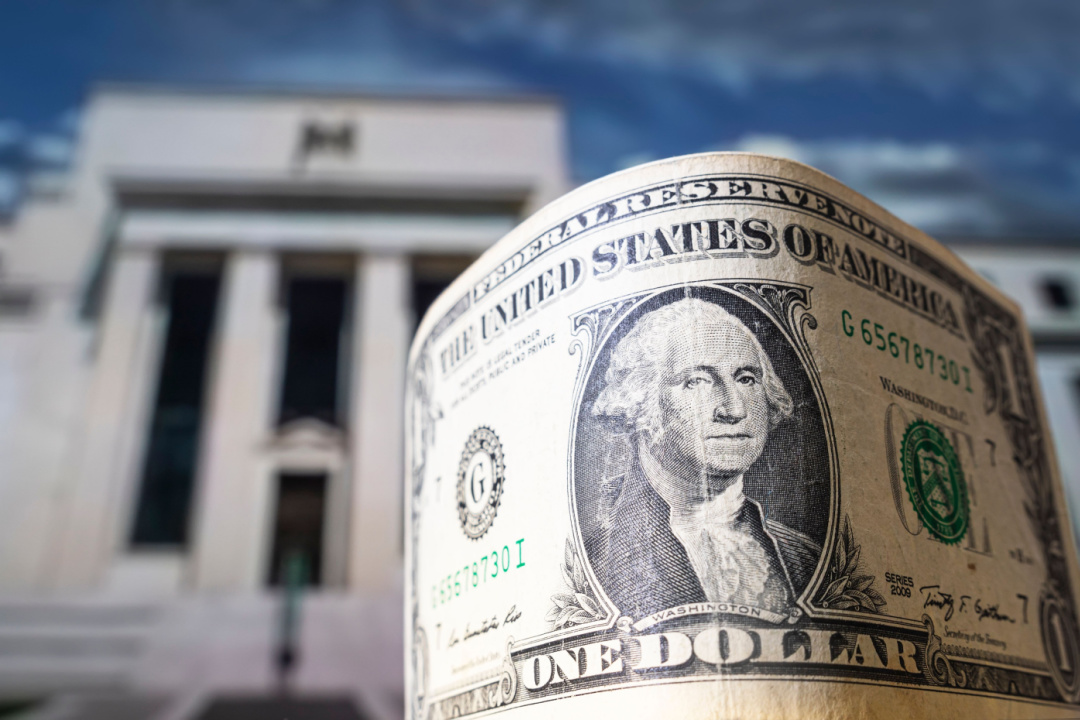Bonds are essentially loans. You give a company or some other entity money, they pay you interest, and eventually give you your original investment back. United States Treasury-Bills or T-Bills work a little differently. T-Bills are short-term securities issued by the government. They are issued with maturities no longer than 1 year, and as short as 4 weeks. T-Bills are always sold at a discount to their face value and do not pay a periodic interest rate. Instead, you are paid back the full-face value when the T-Bill reaches maturity.
In addition to T-bills, the government also issues Treasury Notes and Bonds. Notes have maturities between 1-10 years and Bonds have maturities greater than 10 years. Notes and bonds may or may not carry a periodic interest payment. All treasury securities are originally issued at auction where the price (yield) is determined by basic supply and demand dynamics.
At any given time, there are many treasury bills, notes and bonds in circulation across the market. When the Federal Reserve wants to create liquidity like they did during the pandemic, they typically lower the Fed Funds rate and may also buy government bonds, bills and notes through a process called open market operations. The Fed pays cash for these securities which increases the amount of reserves in the banking system. This ultimately translates to an increased money supply as banks now have the ability to lend more money to businesses and individuals. Lower interest rates and increased money supply work as a stimulant to the economy.
The opposite is happening right now. In an effort to reduce inflation, the Fed has both raised the Fed Funds rate, and stopped buying government securities. These actions effectively reduce the reserves in the system and contract the money supply. In simple supply and demand terms, a decrease in the supply of money to be loaned out causes the price (interest rate) to rise, all else being equal.
Because treasuries are considered risk free when held to maturity, they serve as a vital economic benchmark. So, when treasury rates go up so do mortgage rates and other borrowing rates. These “riskier” investments will have rates in excess of the risk-free treasury to compensate investors and lenders for the higher degree of risk. Otherwise, they would just buy the risk-free treasury.
Treasury yields on many maturities are currently higher than they have been in more than 15 years, which makes interest rates higher across the system. Hence 7% mortgages. It’s more expensive for people like you and me to borrow money because the government has reduced the amount of money sloshing through the system in an effort to curb inflation.
One upside of the increase in interest rates is that you can now earn a reasonable return on your fixed income investments. Contact us today if you would like to discuss how to invest your cash in low-volatility investments that can help you combat inflation.
If you are interested in learning more about bonds and fixed income investments check out Schwab’s “A Guide to Navigating the Bond Market” here: https://www.schwab.com/learn/story/guide-to-navigating-bond-market



